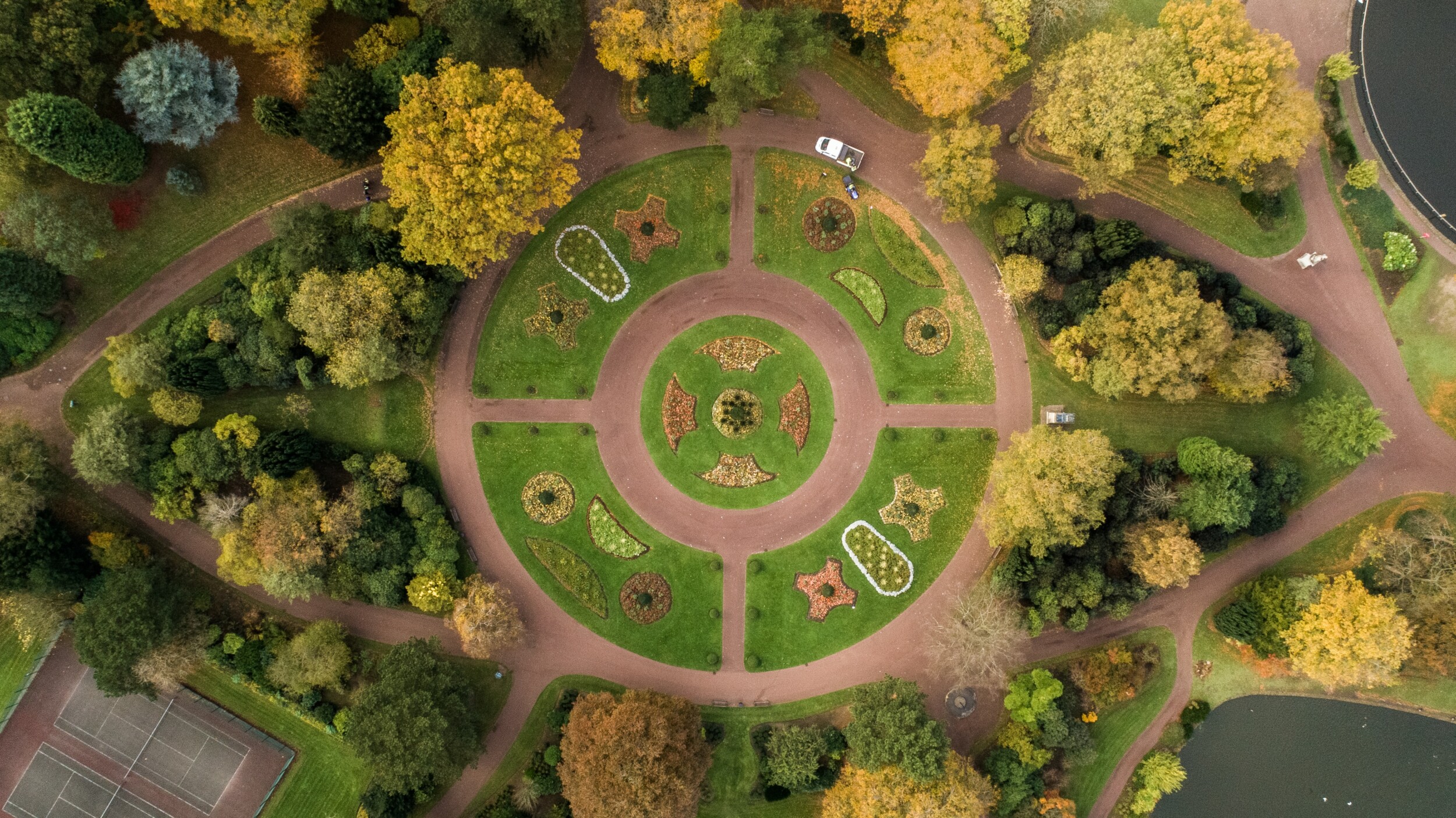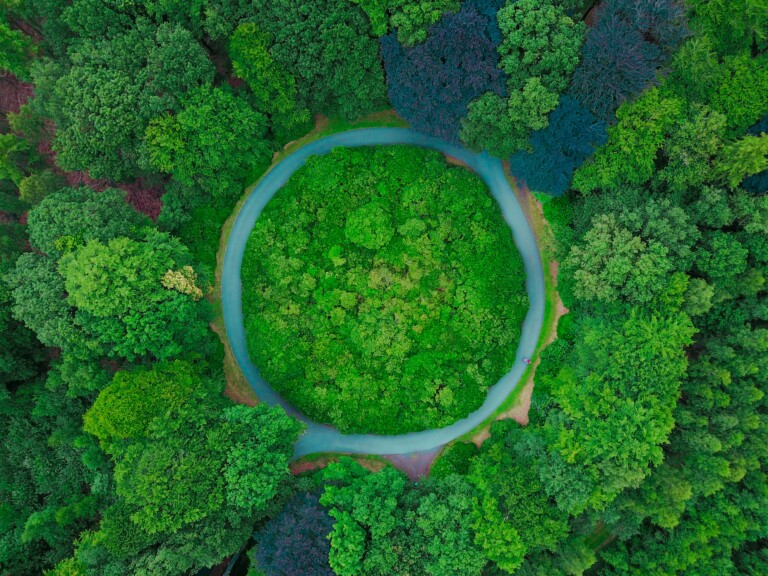Circular Economy
Closing resource loops and maximising resource efficiency

A circular economy is one where resources and materials are retained in the economy at their highest possible value, natural systems are regenerated and energy comes from renewable sources. At its core is the principle of designing out waste and pollution from industrial and commercial systems and product lifecycles, so that consumer demand can be fulfilled with minimal resource inputs.
Most waste and resources strategies begin at the end of the lifecycle, where waste arises; the circular economy begins with designing products and services to minimise the use of resources and avoid the creation of waste and pollution. As such, it can have a transformational effect on the hard-to-reduce emissions in Scope 3 relating to categories like purchased goods and services and product use and disposal impacts.
Circular economy solutions therefore have the potential to support an organisation’s Net Zero strategy, both in terms of the way its products and services are designed and the way it procures products and services for use in its own operations.
Underpinning Principles for a Circular Economy
Some of the values that contribute to a circular economy include:
- De-materialisation – fulfilling the consumer demand without the need for a physical artefact, for example, digital streaming in place of CDs and DVDs.
- Designing for resource efficiency – improving the durability of products, designing for disassembly, improved repairability, remanufacturing, modularity and upgradability.
- Rethinking business models – “X as a service” and leasing or rental solutions can all help reduce the need for ownership. Transport as a service is a good example.
- Technology-led solutions – often labelled the sharing economy. This includes things like peer to peer car clubs and exchange platforms like Olio and Too Good To Go.
- Prioritising the use of recycled materials in manufacturing, and using the waste products of one industrial process to fuel another – for example beer brewed from surplus bread.
Repair, Re-use, Recycle
While repair, re-use and recycling are essential components of a circular economy, they are too often an afterthought in our conventional economic model. The circular economy approach begins by considering the need that is to be fulfilled and seeks the most resource-efficient way of doing so, beginning with product design or business model development. This diagram from the Ellen MacArthur Foundation illustrates it well:

Circular Economy in Practice
Acclaro can help businesses understand the circular economy possibilities open to them and plan strategies to embed them commercially, beginning with a better understanding of where waste exists in their current model and supporting a systemic shift towards more resource-efficient approaches. In procurement, a circular economy approach has benefits for both businesses and public sector organisations, through transformation of systems and processes to support dematerialization of purchased products and services.
How we can help
Speak to one of our experts to discover how you could implement a circular economy in your organisation.
The CE World: Circular Economy
